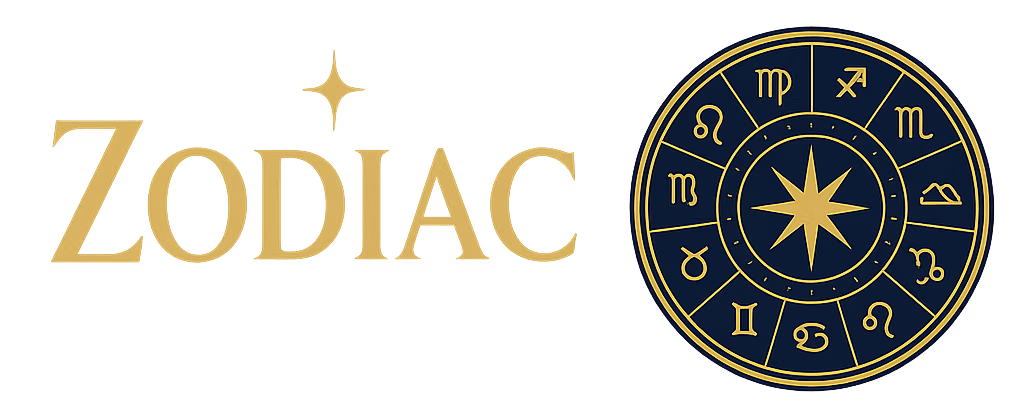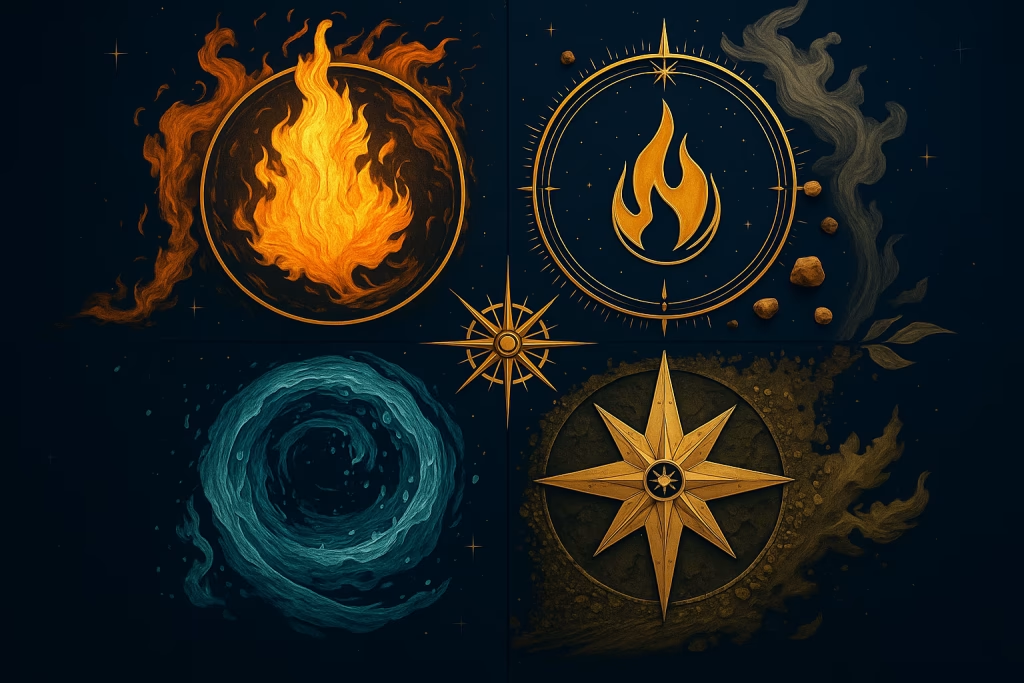Astrologers group the twelve zodiac signs into four classical elements: Fire, Earth, Air, and Water. These elements aren’t literal flames or oceans; they’re shorthand for basic temperaments that show how a sign tends to experience and respond to life. Fire signs (Aries, Leo, Sagittarius) lean toward action and inspiration. Earth signs (Taurus, Virgo, Capricorn) value pragmatism and steady progress. Air signs (Gemini, Libra, Aquarius) process the world through ideas and dialogue, while Water signs (Cancer, Scorpio, Pisces) navigate by feelings and intuition. Seeing the elements side-by-side helps explain why two people with different signs might click instantly or clash just as fast.
The elements also show up in planetary placements beyond the Sun sign. For instance, someone with a Virgo Sun (Earth) and a Sagittarius Moon (Fire) blends practical planning with spontaneous moods. Reading a chart by element count how many planets fall in each gives a quick snapshot of which temperaments dominate, and which might need conscious cultivation. A chart heavy in Air but light on Earth suggests plenty of clever ideas that could benefit from a grounding routine or tangible goal setting.
Historically, the elemental system traces back to ancient Greek natural philosophy, later folded into Hellenistic astrology. Early texts linked Fire to dryness and warmth (energy and enthusiasm), Earth to dryness and cold (solidity and endurance), Air to wetness and warmth (movement and sociability), and Water to wetness and cold (receptivity and depth). While modern astrology drops the old medical theory, the symbolic patterns endure because they’re easy to observe in daily life a fiery debate, an earthy handshake deal, an airy brainstorming session, a watery heart-to-heart.
Balancing the elements is less about forcing change and more about noticing gaps. If you find yourself over-analyzing (Air) but rarely acting (Fire), try a short burst activity: a five-minute workout, a spontaneous call, or even cooking a new recipe without overthinking. Likewise, someone drowning in Water’s emotions can benefit from Earth’s structure—a budget spreadsheet, a tidy workspace, or a practical to-do list that brings feelings back into manageable form. Small, concrete actions often provide the missing element without drastic personality overhauls.
When reading transit charts the ongoing movements of the planets watch which element is currently emphasized in the sky. A string of planets in Earth signs, for example, can make the collective mood more results-oriented, while an Air-heavy stretch sparks conversation and networking. Instead of predicting specific events, use the elemental trend as a weather report: dress appropriately, plan activities that complement the atmosphere, and notice how your own elemental balance reacts.
Ultimately, the four elements serve as a user-friendly map through the complexity of astrology. They boil down dozens of planetary details into four intuitive categories you can spot in yourself and others. Once you get the hang of them, conversations about astrology move from guessing games to thoughtful reflections on how different temperaments fit together—no mystical jargon required.








